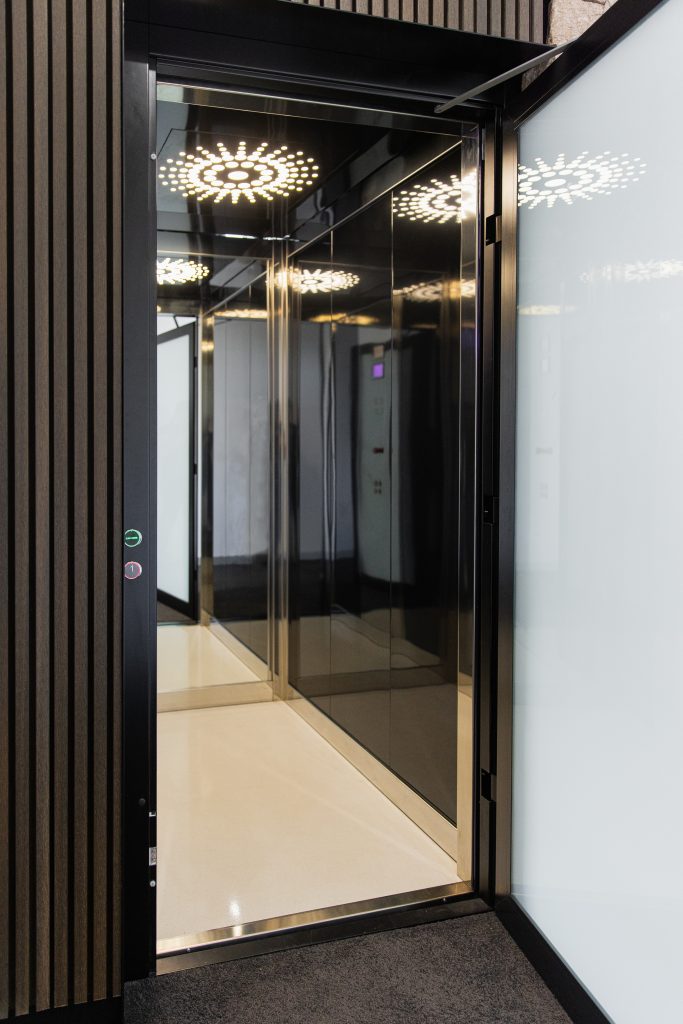Digging Into the World of Elevators: Typical Concerns Encountered by Numerous Lift Systems
As we navigate via the upright transport systems of modern-day structures, elevators attract attention as an important element of our every day lives. Nonetheless, behind their seamless procedure lies a globe of intricate mechanisms that can occasionally come across challenges. From hydraulic lifts to grip systems and machine-room-less layouts, each lift type includes its collection of usual concerns. Understanding these difficulties is critical for ensuring the smooth functioning of these crucial systems. Let's explore the complexities that underlie the procedure of lifts and the prospective problems that can occur, shedding light on the elaborate web of lift devices.
Hydraulic Lifts
Hydraulic elevators, usually liked for low-rise buildings, use fluid stress to control the activity of the elevator auto (lift repair companies). This device includes a hydraulic pump pushing oil right into a cyndrical tube, creating the elevator to move in the wanted direction. While hydraulic elevators are understood for their quiet and smooth operation, they do come with their very own collection of typical issues
One prevalent problem with hydraulic elevators is oil leak. Furthermore, issues with the control system, such as faulty valves or a malfunctioning pump, can create disruptions in the elevator's motion.
Routine maintenance and punctual repair services are necessary to make certain the smooth functioning of hydraulic lifts. By dealing with these typical issues proactively, building proprietors can minimize downtime and guarantee the security and effectiveness of their upright transport system.
Traction Elevators
When considering vertical transportation systems in structures, another usual kind apart from hydraulic lifts is the grip elevator. Traction lifts run making use of a system of ropes and counterweights that move the elevator vehicle by gripping onto the hoist ropes. This system allows for smoother and much faster upright transportation contrasted to hydraulic systems.
Among the usual issues faced by grip lifts is rope wear. The continuous motion of the ropes within the grip system can bring about deterioration in time, possibly triggering the lift to breakdown or end up being dangerous for use. Routine examinations and upkeep of the ropes are important to guarantee the lift's appropriate performance and safety and security.
An additional issue that grip elevators might come across is associated with the control system. Problems with the control system can result in issues such as unpredictable motion, hold-ups in feedback times, or perhaps full shutdowns. Normal testing and maintenance of the control system are crucial to avoid such concerns and guarantee the lift's integrity.
Machine-Room-Less (MRL) Lifts

One of the essential components of MRL elevators is the compact gearless grip equipment that is set up within the hoistway. This machine effectively drives the elevator auto without the requirement for cumbersome tools found in typical grip lifts. Additionally, MRL elevators normally use a weight system to stabilize the cars and truck, additional boosting their power effectiveness.
Regardless of their advantages, MRL lifts might deal with obstacles connected to upkeep and fixing due to the constrained area for equipment installment. Ease of access for servicing elements within the shaft can be restricted, calling for specialized training for professionals. Appropriate maintenance schedules and routine evaluations are crucial to ensure the continued smooth procedure of MRL lifts.
Overloading and Weight Restriction Issues
Overwhelming and weight limitation issues are important concerns in lift procedures. Elevator manufacturers style raises with particular weight capabilities to ensure guest security and equipment long life.
When elevators are overloaded, it puts extreme pressure on the motor, cable televisions, and other elements, possibly creating malfunctions or breakdowns. Safety and security devices such as sensing units and overload sensing units are in place to stop lifts from relocating if they find excess weight. Additionally, surpassing weight restrictions can lead to raised power usage and damage on the lift system.
To minimize overwhelming concerns, developing managers must plainly display weight restrictions in elevators and educate passengers on the importance of adhering to these constraints - lift repair companies. Routine maintenance checks by certified service technicians can also aid make sure that lifts are running within secure weight parameters. By attending to overloading and weight restriction concerns proactively, structure proprietors can improve elevator security and effectiveness
Electric System Failings
Going beyond weight limitations in lifts can not just lead to mechanical issues however also potentially add to electrical system failures within the lift framework. Electric system failings are an essential issue in lift procedure, as they can create unanticipated shutdowns, breakdowns, or even safety and security risks. One typical electrical concern is the overheating of parts because of too much current flow caused by overloading the lift beyond its capability. This can result in harm to the control, wiring, or motor systems, leading to expensive repair services and downtime.
Additionally, power surges or changes in the electric supply can additionally disrupt the lift's procedure, affecting its efficiency and safety. These electrical disruptions can damage sensitive lift components such as control board, circuit boards, or sensing units, leading to system failures. Normal maintenance and inspections are important to determine and attend to possible electric concerns quickly, making certain the secure and reliable procedure of elevator systems. By adhering to weight restrictions and carrying out routine electric system checks, building proprietors can alleviate the threat of electrical failures in lifts.
Verdict

Hydraulic elevators, often favored for low-rise buildings, utilize fluid stress to regulate the movement of the lift automobile.When taking into consideration vertical transportation systems in structures, another typical type aside from hydraulic lifts is the grip elevator. Grip lifts operate utilizing a system of ropes and counterweights that relocate the elevator vehicle by gripping onto the hoist ropes. Unlike conventional elevators that call for a separate maker room to house the devices, MRL elevators integrate most of the elements within the shaft, getting rid of the demand for a devoted machine space.In conclusion, lifts encounter usual concerns such as hydraulic breakdowns, grip system failings, and electrical lift companies in London system troubles.